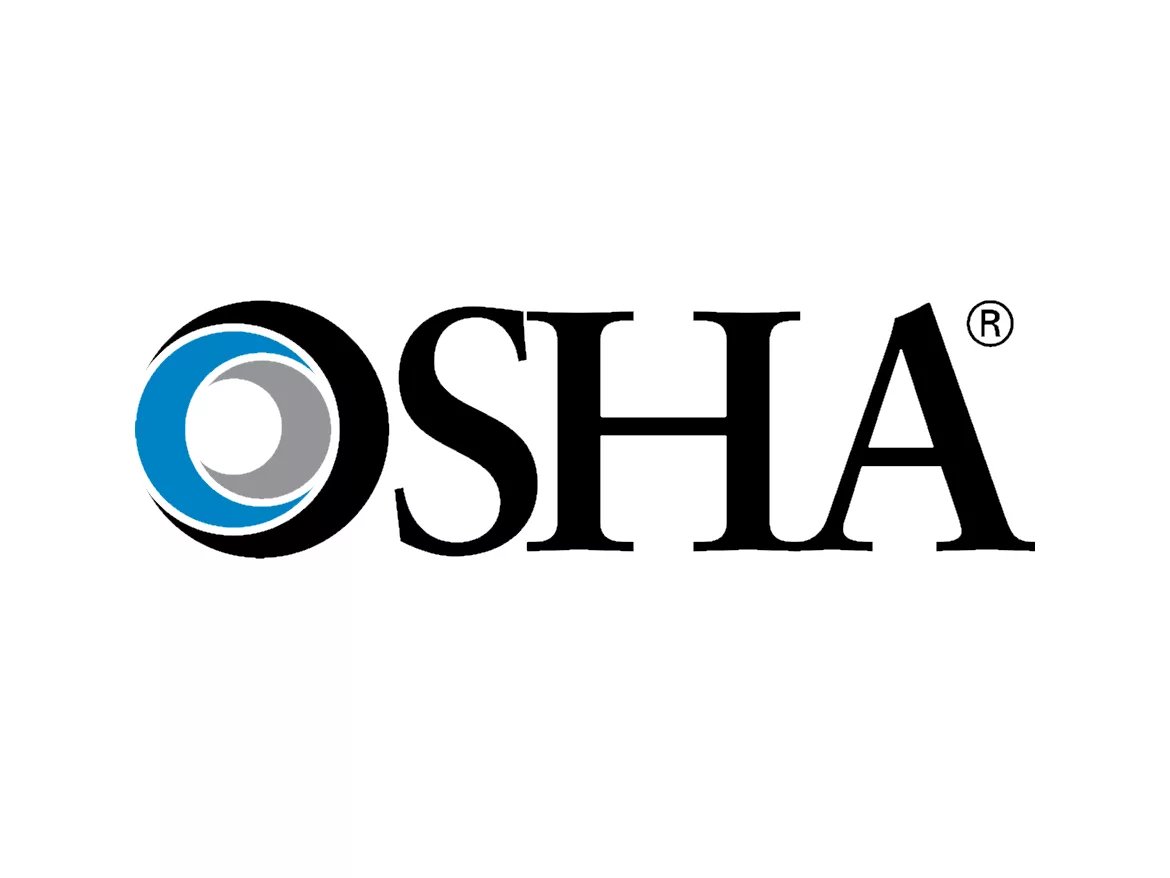OSHA Penalizes New York Roofing Contractor After Repeated Fall Hazard Violations

TARRYTOWN, N.Y. — A Rockland County roofing contractor is facing more than $244,000 in penalties after three federal safety inspections at a condominium complex confirmed it repeatedly exposed residential roof workers to potentially deadly falls from heights of 18 to 20 feet.
The Occupational Safety and Health Administration (OSHA) identified nine willful violations in its inspections of ALJ Home Improvement Inc. work sites on May 11, 12 and 13, 2021. The violations include employees working without required fall protection as they removed sheathing and performed other roofing work, and workers lacking protective headgear and face and eye shields to prevent injuries from flying or falling debris, plywood, nails, and other objects.
By law, residential construction employers generally must protect workers against falls with guardrails, safety nets or personal fall arrest systems when they work 6 feet or more above lower levels, as well as provide personal protective equipment to protect against bodily injury.
ALJ Home Improvement faces $244,581 in proposed penalties following the May inspections. OSHA had cited the company for fall-related hazards at three other work sites in New York and New Jersey between 2019 and 2021, including one in Kiamesha Lake where a worker died after a fall in February 2019.
“ALJ Home Improvement’s intentional and repeated failure to install required fall safeguards continues to place its employees at risk of deadly or disabling injuries,” said OSHA Area Director Robert Garvey in Tarrytown. “Fall-related fatalities are preventable if responsible employers plan ahead to do the job safely, provide their workers with proper and effective training and equipment, and make sure they use it.”
Falls are the leading cause of death in construction work in the U.S., accounting for 320 deaths out of 1,008 construction fatalities in 2018, the Bureau of Labor Statistics reports.
The company has 15 business days from receipt of its citations and penalties to comply, request an informal conference with OSHA’s area director, or contest the findings before the independent Occupational Safety and Health Review Commission.
Looking for a reprint of this article?
From high-res PDFs to custom plaques, order your copy today!



